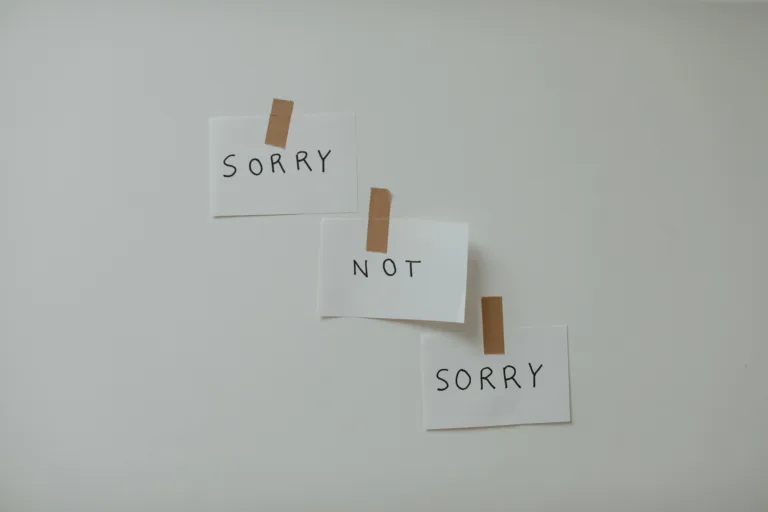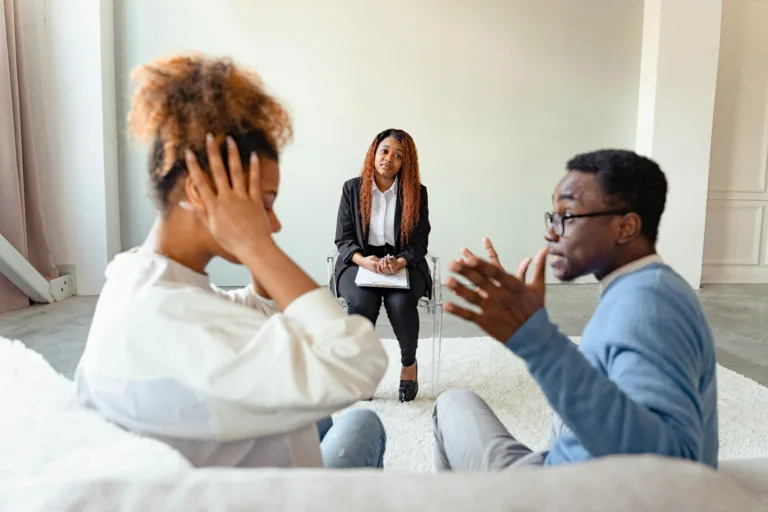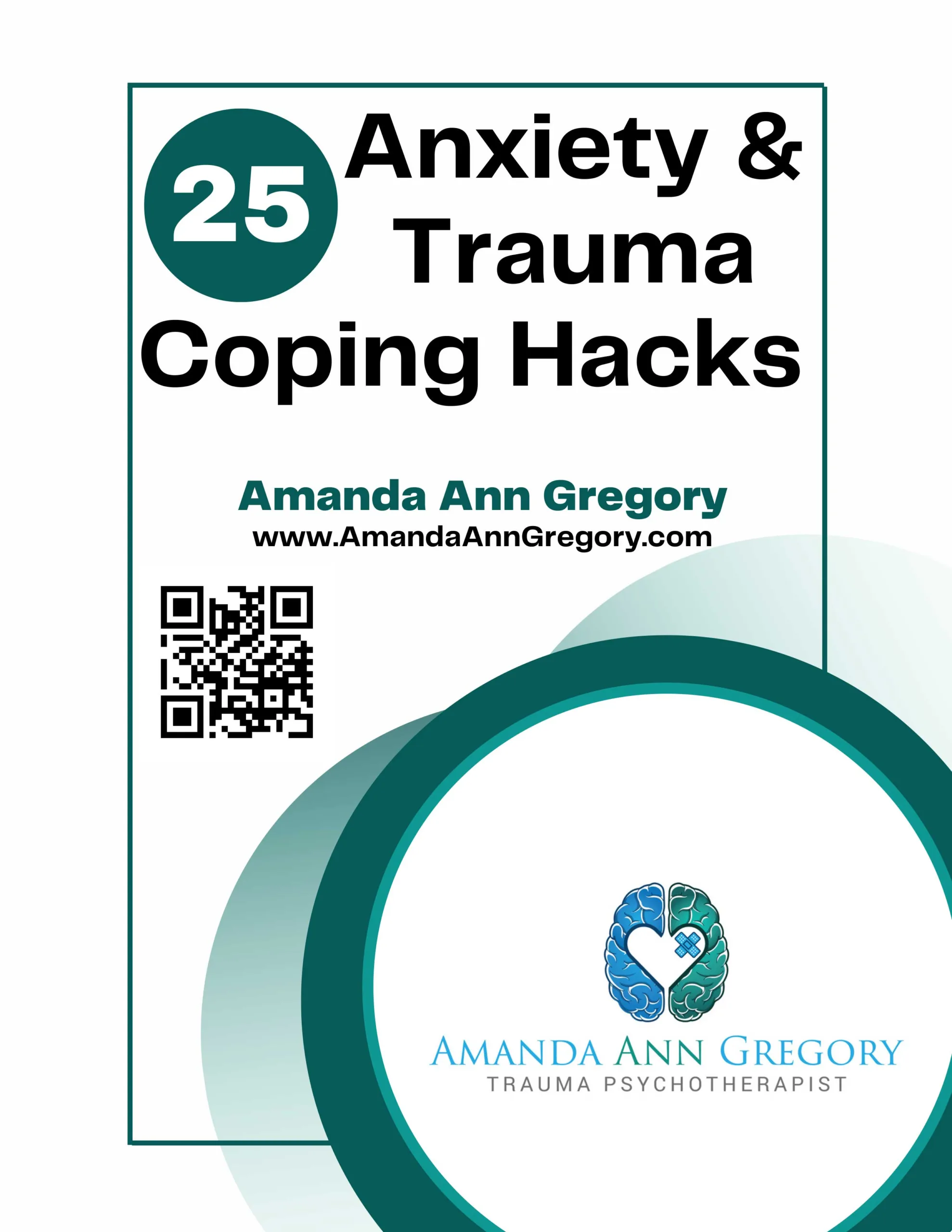Postures are used in trauma therapy to help your body to process emotions which may be stuck in your body. These same posture can also promote feelings of safety, boost confidence and increase your nonverbal communication.
Imagine this: you’re in an important meeting. Focus on how you’d be sitting. Which of these postures best reflects you?
Closed posture: A posture in which your throat, chest, or genitals are protected. You’re hunched over, head slightly down, shoulder pushed inward, legs/arms crossed, hands crossed and placed in front of your body or on your lap.
Open Posture: A posture in which your throat, chest, and genitals are unprotected. Your shoulders are pulled back, head is up, legs/arms uncrossed, hands are unclasped and at your sides or engaged away from your body, and no large items are placed in front of you.
If you naturally sit in a closed posture, you may want to consider embracing a more open posture. In doing so you could experience a boost of confidence, express effective nonverbal communication, and promote your safety – components that can help you in your trauma treatment.
Confidence
Open postures can increase your confidence. When you are in a closed posture you are protecting your body and you are subconsciously telling your body “you are not safe, I need to protect you.” These messages can cause you to feel anxious, defensive, or insecure. Instead, open postures send the message to your body that “you are safe.” This sense of safety could increase your confidence. When we feel safe, we’re more likely to feel and act confidently.
Try This: When you’re in a situation that you find anxiety provoking or intimidating, sit or stand in an open posture (even if this posture does not feel comfortable). Notice how you’re feeling. Do you feel more confident? Less anxious? More capable? If you notice a positive impact, continue to practice siting and standing in this open posture.
Communication
Nonverbal communication is vital, since we mostly communicate with others non-verbally. A closed posture communicates submissiveness, defensiveness, and indifference. Imagine that you are attempting to communicate with someone that you perceive as defensive. This person is not saying anything that would imply defensiveness, but you’re getting the feeling that they are on the defense. Would this change your style of communication? It might. You might go on the attack or back off if you feel that the person is preparing for a fight. It’s important to note that closed postures aren’t always negative. There are times when you need to communicate that you are disinterested, defensive, or annoyed.
An open posture communicates openness, interest, confidence, and trustworthiness. Imagine that you are attempting to communicate with someone that you feel is interested. They haven’t said anything, but you feel like you have their full attention and that they want to know more. You may want to continue to engage or connect with them. Is this the message that you wish to send to others? If so, you should try an open posture.
Safety
Picture this: You’re alone at night, leisurely walking down a street. Your arms are crossed over your chest and you’re hunched over. Suddenly, you feel that something is wrong. You have no idea what’s happening, as you can’t see or hear anything unusual, yet you just have a feeling. You don’t feel safe. Then, you drop your arms, push your shoulders back, raise your head, and your walk like you know exactly where you’re going. You are ready to fight or to run. You are ready to protect yourself. You might have unknowingly promoted your safety simply by changing your posture.
Assailant have reported that they pay close attention to postures when choosing their victims. They seek closed postures as these postures communicate submission and insecurity. Usually, criminals do not want to bother with someone who will run or fight back. They want people who will comply and give them no trouble. Embracing open postures could help to keep you safe.
Whether it be a boost of confidence, effective communication, or promoting your safety, open posture can be the perfect addition to trauma treatment as well as any mental health efforts.
Purchase my book, You Don’t Need to Forgive
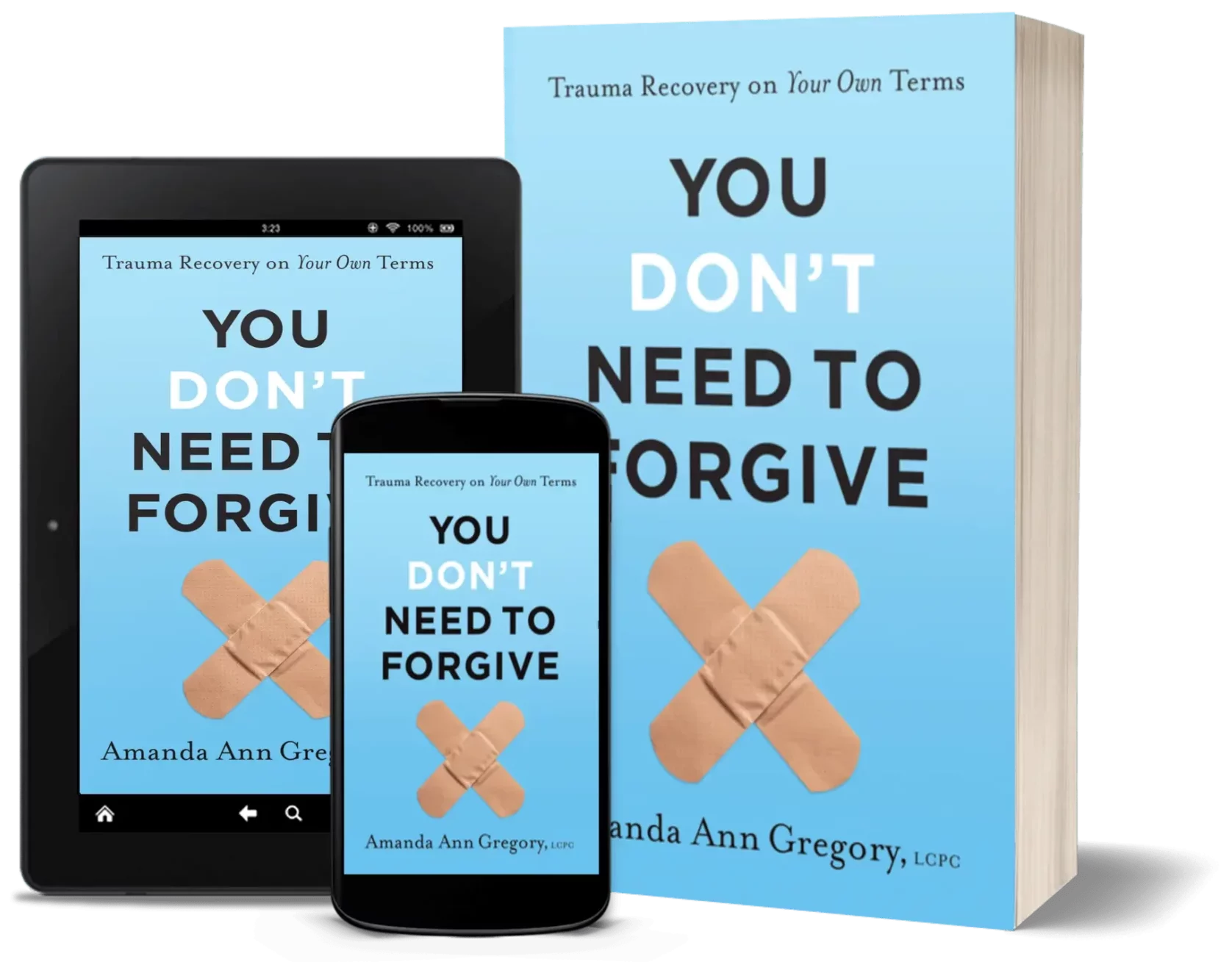
Sign up to get your Free eBook: 25 Anxiety & Trauma Coping Hacks
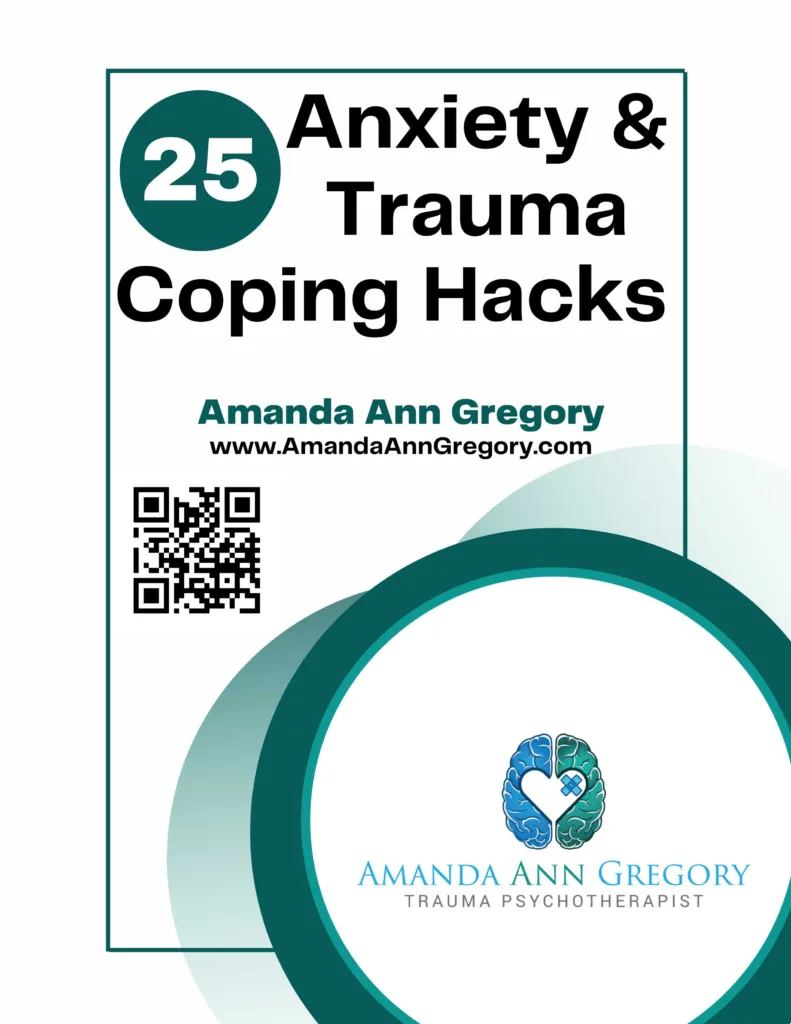
Hire me to speak at your event! Contact Me



